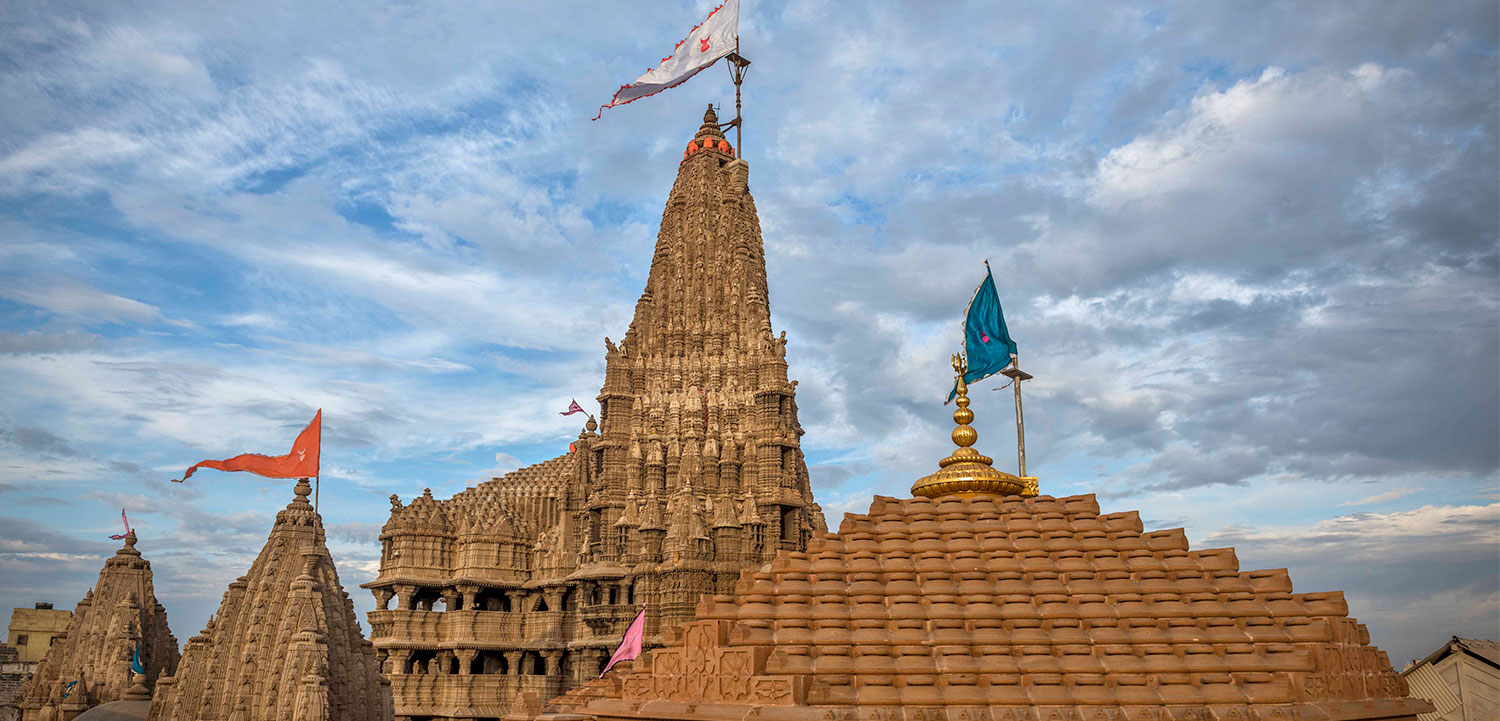
The Significance of Rangoli in Diwali Celebrations
Rangoli is part of the Indian household used occasionally or regularly to decorate the space with intricate patterns, designs, and motifs. This is a traditional art form that uses materials such as rice, flower petals, colored powders, and sand to create appealing designs on the floor. The importance of rangoli is prominent with its wide use in different forms in different regions, even noted with varied names such as Kolam in South India, Alpana in Bengal, Aripana in Bihar, Chawkpurana in Uttar Pradesh, Mandana in Rajasthan, and Rangoli in Gujrat, Maharashtra, and Karnataka.
Historical Significance of Rangoli:
The word Rangoli means “rang” and “oli” means lines or designs created by colours, this practice holds a rich historical and cultural significance. The importance of rangoli can be traced back to ancient India and it’s deeply rooted in Indian culture, spirituality, and tradition.
- It is believed that rangoli originated several centuries ago dating back to the Vedic Period around 1500-1200 BCE and has evolved in various forms across different regions of India
- The significance of rangoli is often related to spiritual and religious aspects as it is noted as a sacred and auspicious art in Hinduism. It is used at the entrance of homes, temples, and places of worship during festivals and rituals as it is associated with the idea of welcoming and honoring the Deities
- Rangoli is especially prevalent during festivals and special occasions like Diwali the festival of lights, Pongal, Onam, Makarsankranti, Navaratri, Padva, etc. as a symbol or greeting with happiness and expressing the same
- Yet the importance of rangoli is not only limited to special occasions but it is also used in Daily life to decorate courtyards, and entrances as an expression of art and cultural heritage of Hinduism
- While the traditional form of Rangoli used white power or rice powder, chalks or flower petals in many areas to create alluring designs with contemporary evolution Rangoli artists have begun to experiment with new themes, colors, and materials incorporating social and environmental messages into their creation, amplifying the significance of Rangoli to another level in the modern times
Different Types of Deepavali Rangoli:
Deepawali Celebration is a time when Hindus celebrate the festival of lights and hope, a symbol of victory over evil. Rangoli can be seen throughout the various houses in various forms, like drawing live art with rangoli colors, using dotted techniques, in circles and cones, the ornamental rangoli using images, and drawing birds, flowers, petals, deities, Swastik, sun, moon, or lotus.
There is an Eklingatobhadra pattern that has one side emblem, Ashtalingatobhadra that has eight auspicious emblems, and Sarvatobhadra a pattern that has emblems drawn on all sides. The significance of Rangoli in this design is they use small squares and big squares filled with Sindoor as a way to form Shivlinga
In the dotted Rangolis, the dots are used to form images or geometrical patterns creating enchanting designs and filling them with colors. The importance of rangoli of this type is that images like tortoise, lotus, peacock, Tulsi Vrindavan, Flute, Swatik, and Thrishul are drawn as a symbol of the deities. Another form that portrays the deep significance of rangoli relating it to unity, harmony, and balance is mandala-like designs are also common during the Deepawali Celebration.
Significance of Rangoli in Deepawali Celebration
Rangoli is an integral part of festivals, traditions, and rituals but the importance of Rangoli in the Festival of Lights is multilayered such as,
- One of the primary significances of rangoli in Diwali is to welcome guests and deities into homes, it is a way to greet and honor the presence of gods, and goddesses who are believed to visit during the festival and even family members, and friends who visit for the occasion
- If you ask about the importance of the Rangoli created at the entrance of the home, it is regarded as a symbol of purification and sanctification of the space making it spiritually clean, inviting, and believed to ward off negative energy and bring positivity
- There are the religious and cultural significance of rangoli as they are incorporated into traditional motifs, symbols, and depictions of deities particularly on Laxmi Poojan Deepavali Rangoli these patterns are created to seek the blessing of the goddesses and invoke her presence during Diwali.
- Diwali is the festival of lights and Rangoli adds to the festive decor, the vibrant colors, and beautiful designs create a sense of joy, celebration, and artistic expression. It enhances the visual appeal of the home and streets during the Deepawali Celebration, some even believe that it brings good luck and prosperity to their home
- The biggest significance of Rangoli that can be noted is the community and family bonding time it creates during the Deepawali Celebration, there are competitions or group activities related to the same which creates a hearty atmosphere along with passing down the tradition from one generation to another that enhance the cultural and communal value of the celebration
- Deepawali Celebration marks the arrival of harvest season in India where the significance of Rangoli is noted as the motifs are associated with nature such as flowers, leaves, and traditional elements like diya
- The Deepavali rangoli also depicts the impermanence of life and the fleeting nature of time, it teaches the importance of living in the present and appreciating the beauty of moments as it is a transit form of art
To conclude Significance of Rangoli in Hinduism is deep symbolizing the essence of life, auspiciousness, devotion, culture, artistry, and community spirit. It adds beauty to living space and life, giving another level of meaning to the Deepawali Celebration.

















